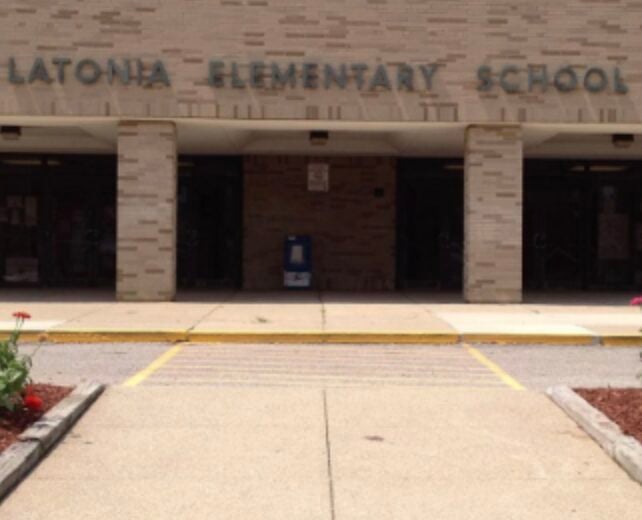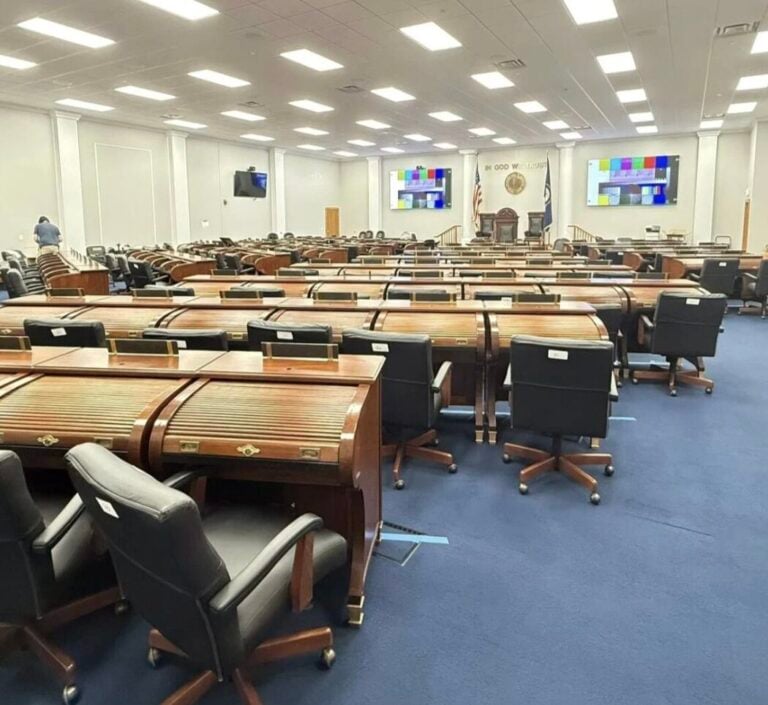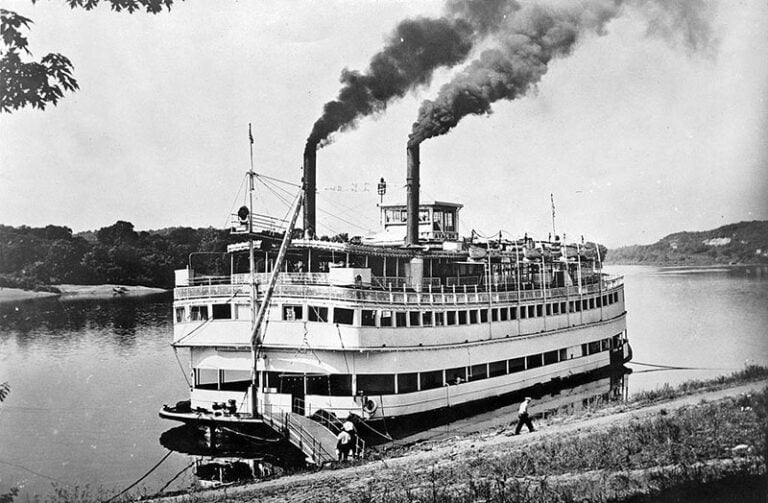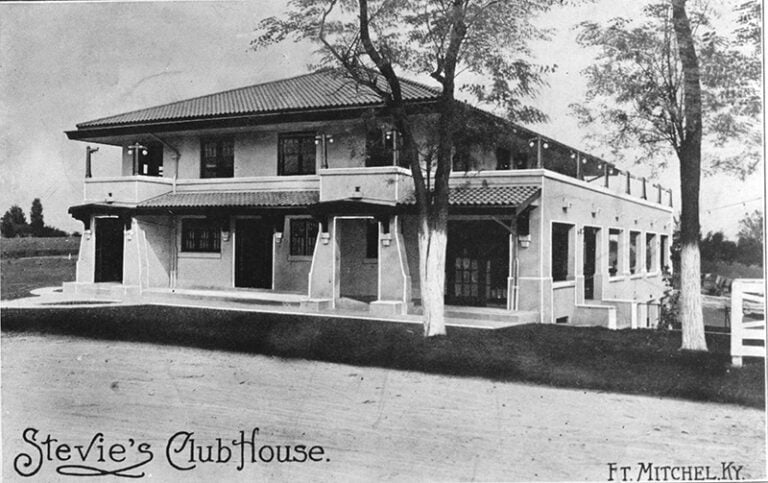“He went boldly to the place where his enemies knew he was accustomed to pray, for he was willing to be taken into suffering and death.” Charles Spurgeon
Once again, Lent has brought us to Holy Week and important days in the history of Christianity.
My family through the generations attended Holy Week church services. The Maundy Thursday services emphasize essential tenets and practices of the faith: Jesus’s washing his apostles’ feet, the sacredness of the meal, the symbolism of the bread and wine. Then one’s betrayal.
That evening ended with Jesus and the apostles going to the Garden of Gethsemane on the Mount of Olives. Jesus prayed, the apostles nodded off, the Roman soldiers came and arrested him, beginning the horror of his trial, torture, and crucifixion.
In 1999, as our Israel fellowship group neared the end of our study and travel, we visited the Mount of Olives. The mount rises high above the Kidron Valley across from Jerusalem. At the foot of the mount is the Garden of Gethsemane. We stopped there.
The gleaming white church near the holy site was uncharacteristically austere, inside and out.
Our group headed into the garden’s copse of small trees to sit in the shade on that hallowed ground.

This was where Jesus and the Apostles gathered that fateful night, the realization’s impact not lost on us.
Spread out before us across the narrow Kidron Valley was the wide panorama of Jerusalem: Old Jerusalem and ever-expanding new Jerusalem shining in the blazing afternoon sun.
Right behind the city wall was the Dome of the Rock with such a central, ancient history,
never-ending division and conflict. The Genesis accounts find Progenitor Abraham here,
the founding father for three major religions: Judaism, Christianity, Islam. The site
sacred to each religion.
In the city wall, we identified a large gate that appeared unused. Sealed?
On the small ribbon of rough land between the wall and the dusty Jerico Road, many rectangular concrete boxes filled a widening area, laid without an obvious pattern.
Our scholar-guide mentioned that in the Messianic Era of Jewish writings and tradition, the Messiah will come to reclaim Jerusalem, enter through that Golden Gate, and the dead will rise to go in with him. Those rectangular concrete boxes are burial boxes of Jewish people who chose to be buried close to that gate.
Above the Garden of Gethsemane, on the Mount of Olives, is one of the largest and most ancient Jewish cemeteries, filled with concrete burial boxes. The writings specify that the raising of the dead will begin at the Mount of Olives.
For Christians, the event would be The Second Coming of Christ.
While our group was a mix of religions and non-religions, each of us sat quietly in awe of this place, its impact on humankind.
A colleague offered to send copies of his panoramic photo.
As you can imagine, every Maundy Thursday finds me, and anyone who has visited the Mount of Olives, reliving time spent in the Garden, when we personalized and deepened understanding of all that happened there over the thousands of years.
Judy Harris is well established in Northern Kentucky life, as a longtime elementary and university educator. A graduate of Thomas More, she began her career there in 1980 where she played a key role in teacher education and introduced students to national and international travel experiences. She has traveled and studied extensively abroad. She enjoys retirement yet stays in daily contact with university students.

















